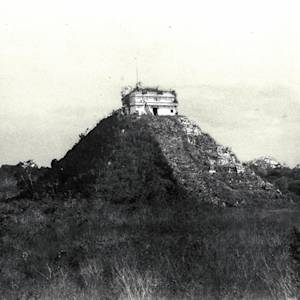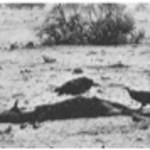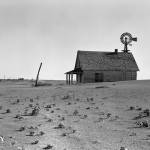Collapse of The Great Zimbabwe Civilization
15th Century • Africa
"The Great Zimbabwe is the most famous of a large group of stone-walled enclosures on the Zimbabwean plateau. The modern Zimbabwe nation took its name from this major cultural monument...At its height in the 13th century, Great Zimbabwe's capital was home to as many as 18,000 people. Subsistence to support such population concentrations remained crucial, and it is likely that cattle and agricultural surplus played a highly visible role in the maintenance of power. The collapse of the Great Zimbabwe occupation is dated to the mid- to late 15th century, when most of the site was abandoned. Reasons posited for Great Zimbabwe's collapse have included the possible exhaustion of local gold, arable land, or water resources, and the disruption of the Indian Ocean trading sphere by the Portuguese. "
http://www.pbs.org/wonders/Episodes/Epi6/6\_wondr1.htm
'The Great Zimbabwe, ancient ruins', Frank and Frances Carpenter Collection, between 1890 and 1925.


Learn about Maya Lin’s fifth and final memorial: a multi-platform science based artwork that presents an ecological history of our world - past, present, and future.

Discover ecological histories and stories of former abundance, loss, and recovery on the map of memory.

Learn how we can reduce our emissions and protect and restore species and habitats – around the world.

See how art can help us rethink the problems we face, and give us hope that each one of us can make a difference.

Help make a global memorial something personal and close to home. Share your stories of the natural world.


